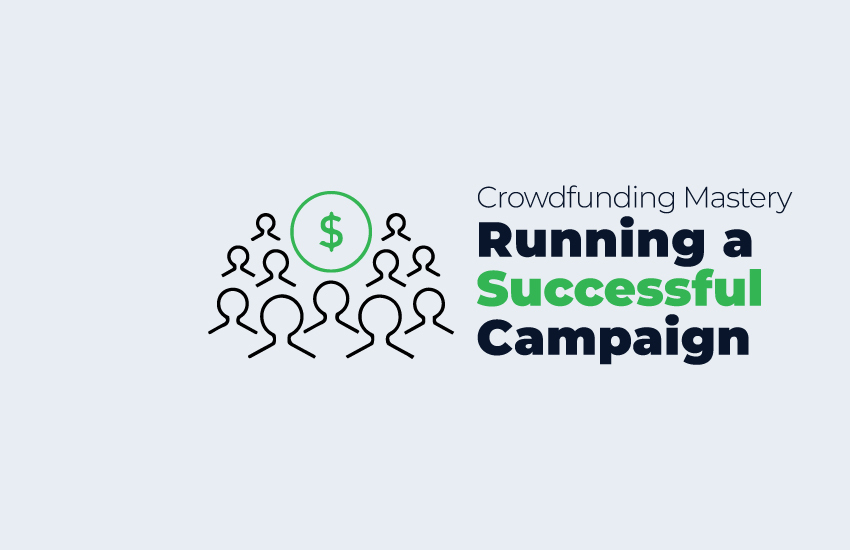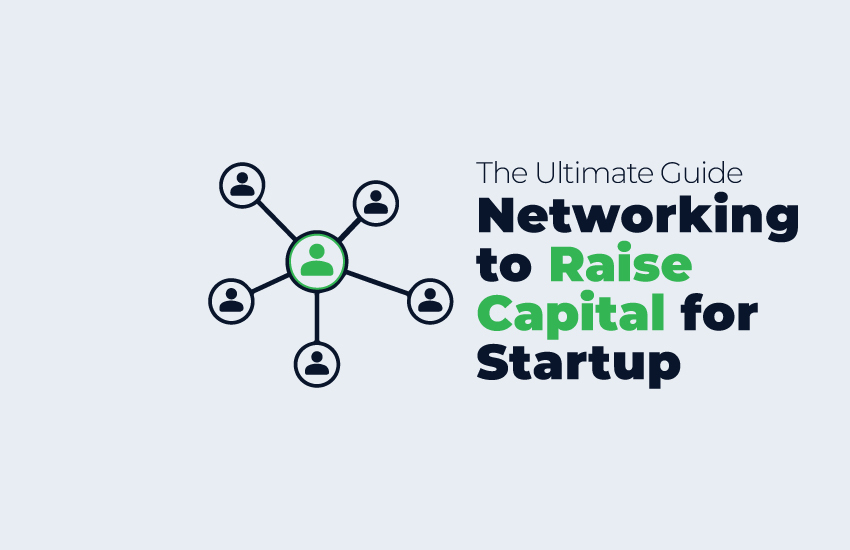Creating a Winning Business Plan for Your Startup: The Ultimate Guide to Writing a Compelling Plan

The Insider’s Guide to Crafting a Winning Business Plan
A business plan is a comprehensive document that outlines the goals and strategies of a startup. It is often used as a tool to secure funding from investors or lenders and serves as a roadmap for the success of the company. But what exactly is a business plan and why is it so important for startups?
A business plan is a written document that includes information such as the company’s mission and vision, market analysis, financial projections, and product or service offerings. It is a detailed and well-researched document that explains the startup’s goals, strategies, and the resources needed to achieve them. The importance of a business plan cannot be overstated, particularly for startups. For one, it is an essential tool for securing funding from investors or lenders. It is used to demonstrate the potential of the company and to convince potential investors that the startup is a viable investment opportunity. Additionally, a well-written business plan can serve as a roadmap for the growth and development of the startup, providing direction and focus for the company’s future.
Although not technically necessary, a business plan can be quite helpful when launching a new enterprise. A winning business plan can assist a startup in:
- Clearly defining and communicating the company’s goals and strategies to potential investors, partners, and employees.
- Developing a detailed financial plan, including projected income statements, balance sheets, and cash flow statements.
- Assessing the potential market for the company’s products or services.
- Identifying potential partners, suppliers, and customers.
- Helping to secure funding from investors or a bank loan.
From Data to Dollars: How a Business Plan Boosts Fundraising Efforts
The benefits of a professional business plan for fundraising have been the subject of business inquiries. Numerous studies have shown that a business plan has a strong positive impact on successful fundraising. The outcomes of a few such studies are outlined here:
- According to a study by the Small Business Administration, businesses with a written plan are 16% more likely to secure funding than those without one.
- According to another study by the University of Maryland, startups with a written plan were more likely to survive past the first three years and to experience growth in revenue and employment.
- A study by Babson College found that entrepreneurs who wrote a business plan were more likely to secure funding than those who did not. The study found that 35% of entrepreneurs who wrote a plan were able to secure funding, compared to just 14% of those who did not.
- A survey by Fundera found that 72% of successful startups have a written business plan, compared to just 27% of unsuccessful startups.
- A survey by Gust found that investors are more likely to invest in startups that have a clear and well-written business plan. The survey found that 63% of investors are more likely to invest in a startup with a clear and well-written business plan, compared to just 37% who are not.
Mastering the Art of Planning: A Proven Outline for Your Business Plan
At Easy Capraise, one of the services we provide is helping startups prepare the documents they need for fundraising including pitch deck, financial model, and business plan, to mention a few. After working with more than 200 startups, we have gained enough experience to design the essential scope of a startup business plan so that it is simple, easy to read, to the point, and brief. We know for sure that although a startup business plan must cover all the necessary material, it should not be too long or boring. Investors must remain engaged because they receive hundreds of such documents every year and they are extremely short on time. So, if the plan exceeds the limit, they simply throw it away and stop reading.
A winning business plan begins with a brief executive summary. Then, the main body of the document comes which is structure the business plan in three main sections. Here is the typical business plan outline:
Executive Summary
This is a high-level overview of the business plan as a whole summarizing the most important aspects in a few short sentences. It is a kind of “teaser” for the business concept and the information to follow in 300 words at most. It implies the mission statement and value proposition, along with a brief description of the product, market, opportunity, and traction.
Section I: Business
Identifying a problem and providing a solution through a business is a key step in the process of creating a successful business, and it’s the main reason why a business exists. Therefore, you begin by clarifying the problems that our startup is addressing, along with the solution they are providing. You introduce the value proposition, which is the number-one reason why a customer uses our product, and then the mission and vision statements.
Then, describe the product, how it works, and how it benefits the user. Mention the most important features and how they create value. Sometimes you might depict the plan for further development of the product in a product roadmap.
Next, the team behind the business is introduced. The founders and C-levels are presented with their backgrounds to prove the status and capability of the team. This can be a great winning point in convincing the investors.
Then, in a marketing section, the marketing channels, strategies, and sales process are explained in this section. You can also illustrate the brand identity and its elements.
Finally, you present the traction of the company. Company traction refers to the progress and momentum that a company has in terms of acquiring and retaining customers, growing revenue, and achieving other key performance indicators (KPIs). Traction is often used to describe a company’s ability to generate interest and gain customers quickly, indicating a strong potential for growth.
Traction can be demonstrated through various metrics, such as the number of customers, the revenue generated, user engagement, and the rate at which the company is growing. Companies that are successful in gaining traction often have a well-defined target market and a strong value proposition that resonates with potential customers.
Section II: Market
Having based a business on a market opportunity and having analyzed environmental aspects regarding a business can raise the possibility of success, if not guarantee it. You need to present a brief market research report with facts and figures indicating that you are solving a problem for a large population and your market is a significant opportunity. Additionally, you must prove that you know the industry and its players, and that you have identified a target position for your business, i.e., a gap to fill.
In this section, you need to introduce the target market and analyze their demand. You should calculate the size of the market and investigate the trends and projection for its growth. The market section provides an overview of the industry and market in which a company operates. It is used to inform business decisions and to identify opportunities for growth.
Next, depict an overview of the company’s competitors, including their market share, strengths, and weaknesses in a competitive analysis section.
Section III: Financials
Having introduced the business and its operations, and backing its logic with market knowledge and data, now it’s time to indicate what the result of such a business would be. Every business aims at producing revenue, returning cash flows, and generating wealth at the end of the day. If we present a brilliant idea with a novel business model based on uniquely significant market opportunities, the final outcome of such brilliance and creativity has to emerge in the financials, and that is exactly what an investor is most eager to see.
In this section, you should introduce the business model and the different revenue lines of the company with pricing details. After that, you need to do financial projections. Break down the costs and revenue lines, make reasonable assumptions about each of them and predict the future values over the next three days. The whole income statement is predicted and analyzed in this manner. Analyze financial metrics and trends, calculate the breakeven point, and finally, extract the total ask based on the financial model.
Creating a comprehensive and winning business plan is no small feat. It requires a significant investment of time, resources, and expertise. With so many other demands on the plate of a startup founder, tackling this task can seem like an overwhelming and daunting challenge. However, it is a crucial step in securing funding and growing your business. If you’re struggling to put together a business plan that truly represents the potential of your company, don’t worry. That’s where we come in. We have the expertise, resources, and passion to help you create a winning business plan that will attract the attention of investors and position your company for success. Don’t let the complexity of this task hold you back. Contact us today to see how we can help. Book a call to talk to an expert at Easy Capraise.
Conclusion
A startup business plan is a document that outlines the proposed or existing business, its products or services, its target market, its financial projections, and its management team. Startups may need a business plan to secure funding from investors or lenders, and to serve as a roadmap for the company’s growth and success. A well-written business plan can also help a startup team to stay focused, aligned, and motivated. It also communicates these with the investors. It explains your business, team, product, and traction in detail, and proves that you have thoroughly investigated your market and competitors. Crafting a winning business plan can assist startups find and impress investors more quickly and accelerate the fundraising phase.
FAQs about winning business plans
Do I have to have a business plan for my startup?
While having a business plan is not a legal requirement for startups, it is generally considered a good practice. A business plan can be beneficial for startups to secure funding from investors or lenders. It communicates the details of your business with investors and proves they have studied every aspect of your business in detail.
How long does it take to write a business plan?
The time it takes to write a business plan can vary depending on the complexity of the business and the amount of research and information that needs to be gathered. Here at Easy Capraise, we have different teams to work on each aspect of the business (market research, financial modeling, etc.), and this helps us to deliver a winning business plan in less than a month.
Can I write a business plan myself?
Yes, you can engage in writing winning business plans yourself with some business analysis, market research, and financial modeling. It is strongly recommended to avoid business plan templates. You can go through each part of the plan as presented above to craft a standard business plan structure. When writing a business plan, it’s important to be honest and realistic about your business and its potential. This includes conducting thorough market research, developing realistic financial projections, and identifying any potential challenges and risks. It’s also important to keep in mind the target audience of the plan, whether it’s investors, lenders, or partners.
How long should a business plan be?
A business plan can vary in length, but typically ranges from 20 to 40 pages. The length should be sufficient to convey all the necessary information, but not so long as to be overwhelming or tedious to read.
Contact us
Good to have you here! If you have any queries, please leave your message. Our team will reach out soon:)
.




